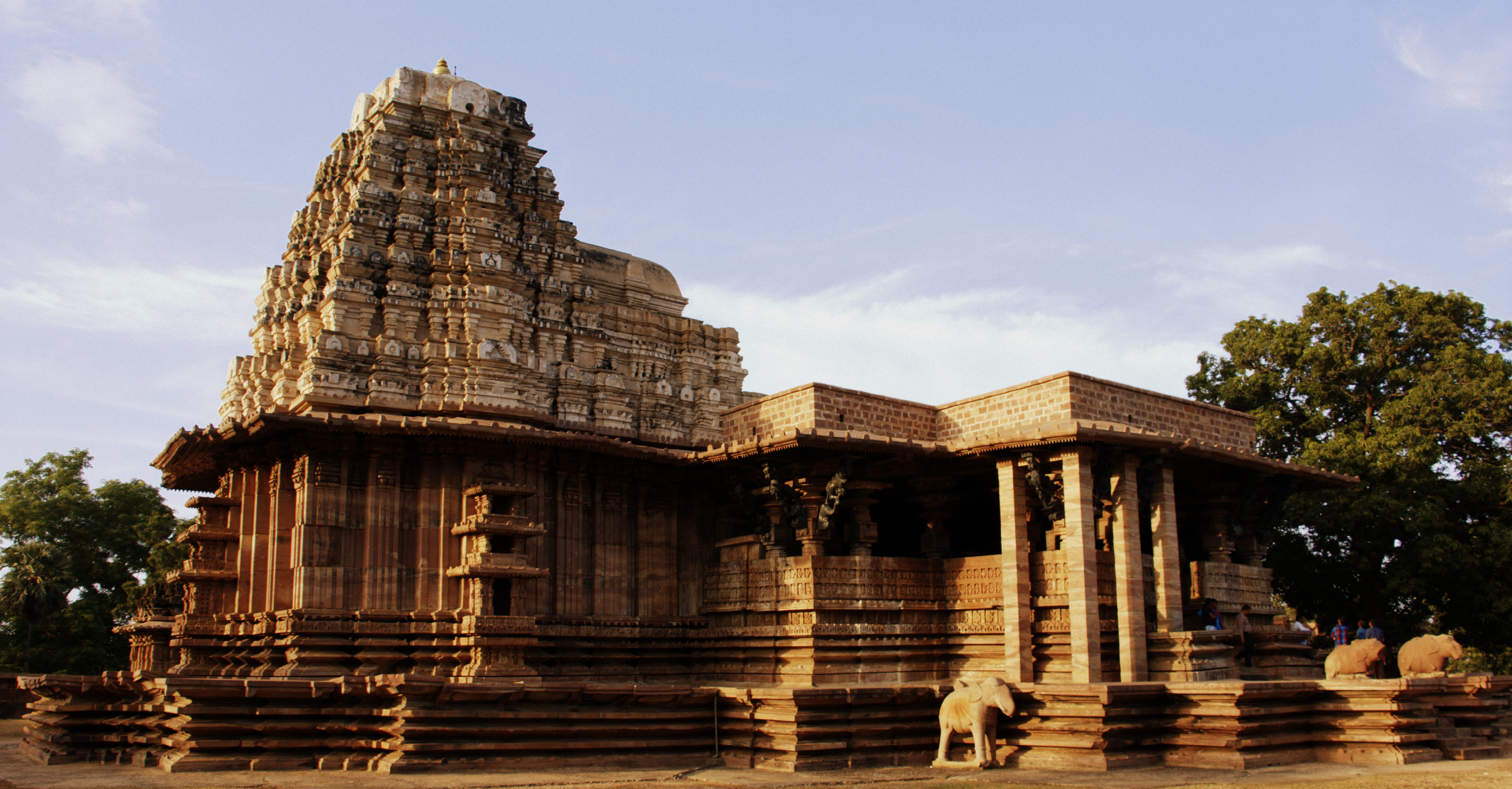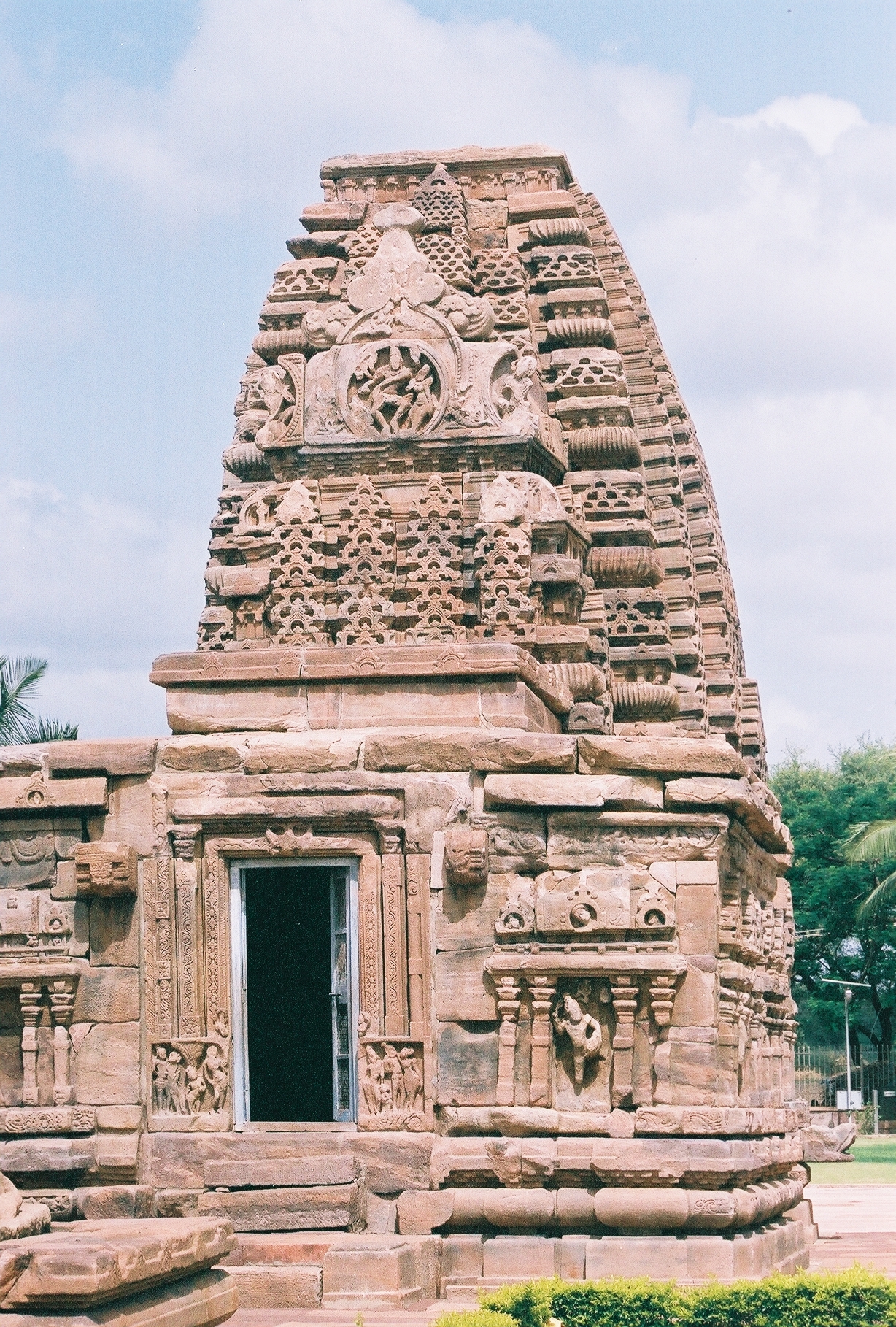|
Eriya Puranam
Erra or Eriya (fl. early 10th century) was a member of the Kakatiya dynasty of southern India. As a Rashtrakuta vassal, he appears to have ruled the Kurravadi (possibly present-day Kuravi) region, which was captured by the Rashtrakutas from the Chalukyas of Vengi. Life Erra was a son of the Rashtrakuta commander Gunda III (died c. 895 CE). He is also called "Eriya Rashtrakuta" in Kakatiya inscriptions; "Eriya" probably refers to the chief's personal name, and "Rashtrakuta" refers to his office. Erra's father participated in a Rashtrakuta invasion of Vengi, and was killed by Irimartiganda, the son of the Chalukya king Bhima I. According to the Bayyaram inscription, Erra ruled Kurravadi and surrounding region. The identity of this place is not certain, but it was probably present-day Kuravi in Telangana Telangana is a States and union territories of India, state in India situated in the Southern India, south-central part of the Indian subcontinent on the high Deccan Plat ... [...More Info...] [...Related Items...] OR: [Wikipedia] [Google] [Baidu] |
Kakatiya Dynasty
The Kakatiya dynasty (International Alphabet of Sanskrit Transliteration, IAST: Kākatīya) was a Andhras, Telugu dynasty that ruled most of eastern Deccan Plateau, Deccan region in present-day India between 12th and 14th centuries. Their territory comprised much of the present day Telangana and Andhra Pradesh, and parts of eastern Karnataka, northern Tamil Nadu, and southern Odisha. Their capital was Orugallu, now known as Warangal. Early Kakatiya rulers served as feudatories to Rashtrakuta dynasty, Rashtrakutas and Western Chalukya Empire, Western Chalukyas for more than two centuries. They assumed sovereignty under Prataparudra I in 1163 CE by suppressing other Chalukya subordinates in the Telangana region. Ganapati (Kakatiya dynasty), Ganapati Deva (r. 1199–1262) significantly expanded Kakatiya lands during the 1230s and brought under Kakatiya control the Telugu-speaking lowland delta areas around the Godavari River, Godavari and Krishna River, Krishna rivers. Ganapat ... [...More Info...] [...Related Items...] OR: [Wikipedia] [Google] [Baidu] |
Gunda III
Gunda III (died c. 895 CE), also known as Gundyana or Gundana, was a member of the Kakatiya dynasty of southern India. He served the Rashtrakuta king Krishna II, and died during Krishna's invasion of the Vengi Chalukya kingdom. He is the earliest known member of the Kakatiya family to have been in the Telugu-speaking region. Career Gunda III was a son of Gunda II, and a great-grandson of Venna, the earliest known ruler of the Kakatiya family which traced its lineage to Durjaya, a descendant of Karikala Chola. Gunda III served as a Rashtrakuta commander in the Telugu-spe aking region, and is the earliest known member of the Kakatiya family to have been present in this region. The Mangallu inscription calls him "Gundyana Rashtrakuta" (or Gundana) and "''Samanta'' Votti" (a mistake for ''Vitti''). Gunda III finds a mention in the c. 956 CE Mangallu inscription (issued at the request of his great-grandson Gunda IV), and possibly the undated Masulipatnam inscription (issued by the Ve ... [...More Info...] [...Related Items...] OR: [Wikipedia] [Google] [Baidu] |
Gunda IV
Gunda IV (r. c. 955-995) alias Pindi-Gunda was a member of the Kakatiya dynasty of southern India. As a Rashtrakuta general, he helped the Vengi Chalukya prince Danarnava ascend the throne after a succession dispute. In 973 CE, after the collapse of the Rashtrakuta empire and the murder of Danarnava, he attempted to carve out an independent principality at Kuravi. The Kalyani Chalukyas, who had usurped the power from the Rashtrakutas, probably defeated and killed him, supported by the Mudugonda Chalukyas, the former rulers of Kuravi. In Rashtrakuta service Gunda IV was a son of Betiya and a grandson of Erra. He seems to have succeeded his grandfather on the throne, as Betiya's name is omitted in the dynasty's Bayyaram inscription. The inscription states that Gunda IV, also known as Gundyana or Pindi-Gunda, beheaded all his enemies. As a Rashtrakuta general, Gunda IV was probably stationed around the Kurravadi (possibly present-day Kuravi) region, which his grandfather Er ... [...More Info...] [...Related Items...] OR: [Wikipedia] [Google] [Baidu] |
Kakatiya
The Kakatiya dynasty (IAST: Kākatīya) was a Telugu dynasty that ruled most of eastern Deccan region in present-day India between 12th and 14th centuries. Their territory comprised much of the present day Telangana and Andhra Pradesh, and parts of eastern Karnataka, northern Tamil Nadu, and southern Odisha. Their capital was Orugallu, now known as Warangal. Early Kakatiya rulers served as feudatories to Rashtrakutas and Western Chalukyas for more than two centuries. They assumed sovereignty under Prataparudra I in 1163 CE by suppressing other Chalukya subordinates in the Telangana region. Ganapati Deva (r. 1199–1262) significantly expanded Kakatiya lands during the 1230s and brought under Kakatiya control the Telugu-speaking lowland delta areas around the Godavari and Krishna rivers. Ganapati Deva was succeeded by Rudrama Devi (r. 1262–1289) who is one of the few queens in Indian history. Marco Polo, who visited India around 1289–1293, made note of Rudrama Devi's r ... [...More Info...] [...Related Items...] OR: [Wikipedia] [Google] [Baidu] |
Rashtrakuta
The Rashtrakuta Empire was a royal Indian polity ruling large parts of the Indian subcontinent between the 6th and 10th centuries. The earliest known Rashtrakuta inscription is a 7th-century copper plate grant detailing their rule from Manapur, a city in Central or West India. Other ruling Rashtrakuta clans from the same period mentioned in inscriptions were the kings of Achalapur and the rulers of Kannauj. Several controversies exist regarding the origin of these early Rashtrakutas, their native homeland and their language. The Elichpur clan was a feudatory of the Badami Chalukyas, and during the rule of Dantidurga, it overthrew Chalukya Kirtivarman II and went on to build an empire with the Gulbarga region in modern Karnataka as its base. This clan came to be known as the Rashtrakutas of Manyakheta, rising to power in South India in 753 AD. At the same time the Pala dynasty of Bengal and the Prathihara dynasty of Gurjaratra were gaining force in eastern and northwes ... [...More Info...] [...Related Items...] OR: [Wikipedia] [Google] [Baidu] |
Kuravi
Kuravi is a village in Mahabubabad district of the Indian state of Telangana. It is located in Kuravi mandal. Geography Kuravi/Korvi is around 70 km away from Warangal by train and is around 11 km away from the Mahabubabad Mahabubabad (Ancient Name - Manukota) is a city and the district headquarters of Mahabubabad district in the Indian state of Telangana. It is on the west bank of the Munneru, which is one of the tributaries of the River Krishna. Mahabubabad is ... town. References {{reflist Villages in Mahabubabad district Mandals in Mahabubabad district ... [...More Info...] [...Related Items...] OR: [Wikipedia] [Google] [Baidu] |
Chalukyas Of Vengi
Eastern Chalukyas, also known as the Chalukyas of Vengi, were a dynasty that ruled parts of South India between the 7th and 12th centuries. They started out as governors of the Chalukyas of Badami in the Deccan region. Subsequently, they became a sovereign power, and ruled the Vengi region of present-day Andhra Pradesh until . They continued ruling the region as feudatories of the Medieval Cholas until 1189 CE. Originally, the capital of the Eastern Chalukyas was located at Pishtapura (modern-day Pitapuram). It was subsequently moved to Vengi (present-day Pedavegi, near Eluru) and then to Rajamahendravaram (now Rajahmundry). Throughout their history, the Eastern Chalukyas were the cause of many wars between the more powerful Cholas and Western Chalukyas over the control of the strategically important Vengi country. The five centuries of the Eastern Chalukya rule of Vengi saw not only the consolidation of this region into a unified whole, but also saw the efflorescence of Telugu ... [...More Info...] [...Related Items...] OR: [Wikipedia] [Google] [Baidu] |
Bayyaram
Bayyaram is a mandal in Mahabubabad district of Telangana Telangana is a States and union territories of India, state in India situated in the Southern India, south-central part of the Indian subcontinent on the high Deccan Plateau. It is the List of states and union territories of India by area, ele .... Bayyaram Mines In 2010, there was a controversy regarding lease of 56,690 hectares of land in Bayyaram, Garla and Nelakondapally mandals. This has finally resulted in cancellation of the lease by Ministry of Mines. Villages The villages in Bayyaram mandal include: * Balajipeta * Bayyaram * Gowraram * Irsulapuram * Kambalapalli * Kothapeta * Kotagadda * Ramachandrapuram * Rangapuram * Satyanarayanapuram * Uppalapadu * Venkatapuram * Venkatrampuram * Yellandu References Mandals in Khammam district {{Khammam-geo-stub ... [...More Info...] [...Related Items...] OR: [Wikipedia] [Google] [Baidu] |
Telangana
Telangana is a States and union territories of India, state in India situated in the Southern India, south-central part of the Indian subcontinent on the high Deccan Plateau. It is the List of states and union territories of India by area, eleventh largest state by area and the List of states and union territories of India by population, twelfth most populated state in India, according to the 2011 Census of India, 2011 census. On 2 June 2014, the area was separated from the northwestern part of United Andhra Pradesh as the newly formed States and union territories of India, state of Telangana, with Hyderabad as its capital. Telugu language, Telugu, one of the classical languages of India, is the most widely spoken and the primary official language of Telangana state, whereas Urdu is recognised as the second official language. Additionally, several tribal languages such as Gondi, Kolami, Koya and Lambadi are spoken in different regions of the Telangana state. The economy of ... [...More Info...] [...Related Items...] OR: [Wikipedia] [Google] [Baidu] |
10th-century Indian People
1 (one, unit, unity) is a number, numeral, and glyph. It is the first and smallest positive integer of the infinite sequence of natural numbers. This fundamental property has led to its unique uses in other fields, ranging from science to sports, where it commonly denotes the first, leading, or top thing in a group. 1 is the unit of counting or measurement, a determiner for singular nouns, and a gender-neutral pronoun. Historically, the representation of 1 evolved from ancient Sumerian and Babylonian symbols to the modern Arabic numeral. In mathematics, 1 is the multiplicative identity, meaning that any number multiplied by 1 equals the same number. 1 is by convention not considered a prime number. In digital technology, 1 represents the "on" state in binary code, the foundation of computing. Philosophically, 1 symbolizes the ultimate reality or source of existence in various traditions. In mathematics The number 1 is the first natural number after 0. Each natural number, ... [...More Info...] [...Related Items...] OR: [Wikipedia] [Google] [Baidu] |



